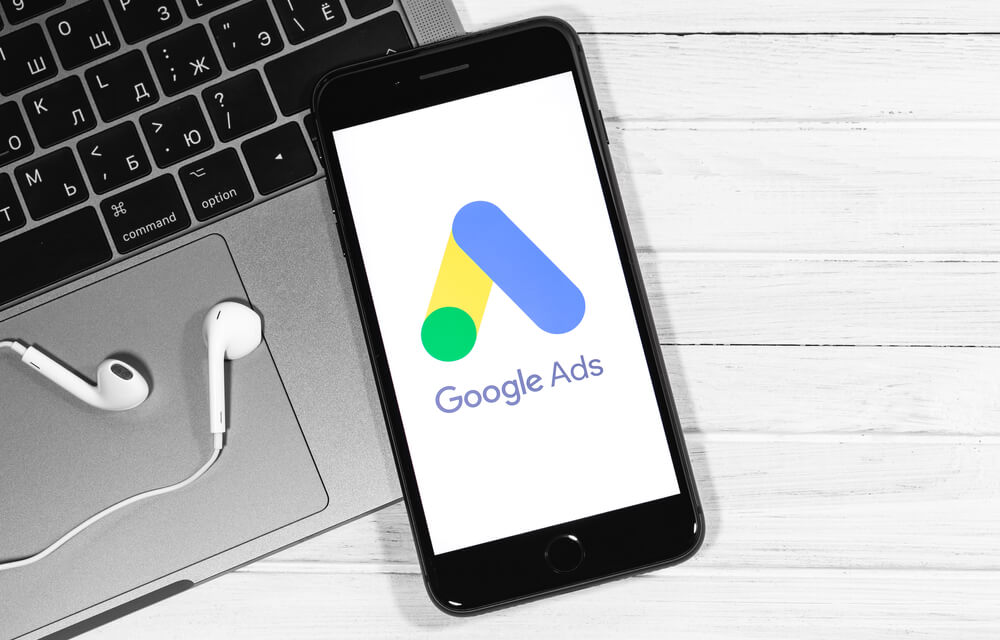One of the greatest perks of digital marketing is that you no longer have to wonder and assume who your potential customers are and what they want. With a plethora of online tools at your disposal, you can easily create ad campaigns and content that are perfectly tailored to your target market.
But the availability and growing number of digital marketing tools make it pretty difficult to choose the right one. On top of that, these tools are just that – tools, and if you don’t know how to wield them, you cannot expect results.
In this guide, we will show you some of the greatest digital marketing tools for small businesses and how to make the best of them in a way your competitors cannot even imagine!
1. Google Ads
If you want to reach a wide audience through classical pay-per-click ads, there’s no escaping Google Ads. It incorporates three networks – the search network, the display network, and YouTube. The search network is the most popular advertising space.
If you want clicks to result in some meaningful action, such as sign-up for your email list or sale, you have to target audiences that are interested in your product and ready to buy it. Now, here’s our secret.
Instead of assuming, guessing, going through endless trial and error process, hassle with tracking user behavior online, enter contextual targeting.
Contextual targeting allows you to display ads on websites and webpages that are relevant to your product or services. It is based on users’ search behavior, but it finds users through scanning and utilizing web content.
For example, you create an ad for sensitive skin products and then display it on a blog post about skincare for people with eczema. There are two types of contextual targeting: the one we just mentioned is keyword contextual targeting. The other one is category contextual targeting, which sends your ads to the websites based on a general category or topic. In this case, this would mean displaying your skincare product on any website about beauty and skincare.
You can find a detailed guide on how to set up contextual campaigns here, while we’ll move on to the next step. How do you determine the right keywords and topics?

2. Website Categorization
Website categorization goes hand in hand with contextual targeting, allowing you to create a list of websites and web pages that are relevant to your product or service. Since you cannot sit all day and look for websites that may be the right fit, you can have a tool that does it for you.
Website Categorization API is a tool from Whois XML API, one of the largest cyber intelligence data providers. Thanks to its sophisticated technology, it can analyze millions of pages using a full-proof three-level process. This process incorporates crawling, analyzing topics and keywords using machine learning and human supervision of results.
By researching and categorizing domains related to your product, you can create a list of categories, mixed categories, or specific websites for your contextual targeting ads. This tool is sophisticated enough to not fall prey to automatic, out-of-context triggers that may display your ads on irrelevant sites.
At the same time, you can use website categorization to exclude sites and domains you don’t want to associate with your ads.
This tool also allows you to analyze domains behind your website visitors. This allows you to get a clear picture of the audience that visits your website, create well-defined customer profiles, and fine-tune your marketing strategy.
3. Pop-up windows
Sometimes, a click doesn’t result in a sale. More than 70% of people who leave your website never come back? This doesn’t mean your website or product is bad. Sometimes people aren’t ready to purchase the product or want to consider other options.
Generating email sign-ups is one way to stay in touch with your website visitors and turn them into buyers. Pop-up windows can be activated by various triggers such as exit intent, abandoned shopping cart or good engagement with a piece of content.
These pop-ups can include lead magnets such as e‑books and tutorials, special offers, or a simple proposal to sign-up for the newsletter.
4. Interactive tools
Interactive tools such as polls, games, and quizzes are an amazing way to keep website visitors engaged, learn more about them, and generate leads.
A simple poll or quiz can help you understand what your potential customers need. This way, you can segment them into different categories based on preferences and behavior, which they disclose voluntarily and consensually.
For example, let’s go back to that product for sensitive skin. Once they land on your website, you can create a pop-up that leads them to the quiz with a topic “How sensitive is your skin” or “Take this quiz and we’ll show which day care cream is best for your skin”.
This way, you can target them with very specific ads via remarketing or email campaigns. Much easier than the hassle of cookies and tracking user’s online behavior!
5. Email marketing tool

Finally, here’s how you can make sure all those customers on your email list don’t forget about you and your product. Email is perfect both for nurturing a relationship with your customers and driving sales.
When website visitors sign up for your email list, you can send them a welcome email with offers or content that is relevant to their interests. You can create several email campaigns based on the user’s level of engagement with your emails.
Those who open your messages without clicking on the call-to-action (CTA) probably need more lead nurturing content, such as interesting advice and information. Those who click on CTA’s and come back to your website can be encouraged to shop with an automatic email offering a discount on the products they were looking at. In email marketing, it is important that the emails you send are verified, validated, and received by customers. One of the most common causes of bounced emails is sending to unverified email addresses. For more information about email verification check out this website.
The possibilities are endless and there are plenty of amazing tools that allow you to automate and fine-tune your email campaigns.
Conclusion
These were the five best digital marketing tools – and probably the only ones you need to achieve amazing results in no-time. As you can see, they work wonderfully when they are teamed up and used step by step.
All of them will allow you to learn more about your customers and build ad campaigns that ensure the return of investment. Be patient and open to the learning experience and your small business will soon start bringing in its first customers!
SOURCE: Maritime News









